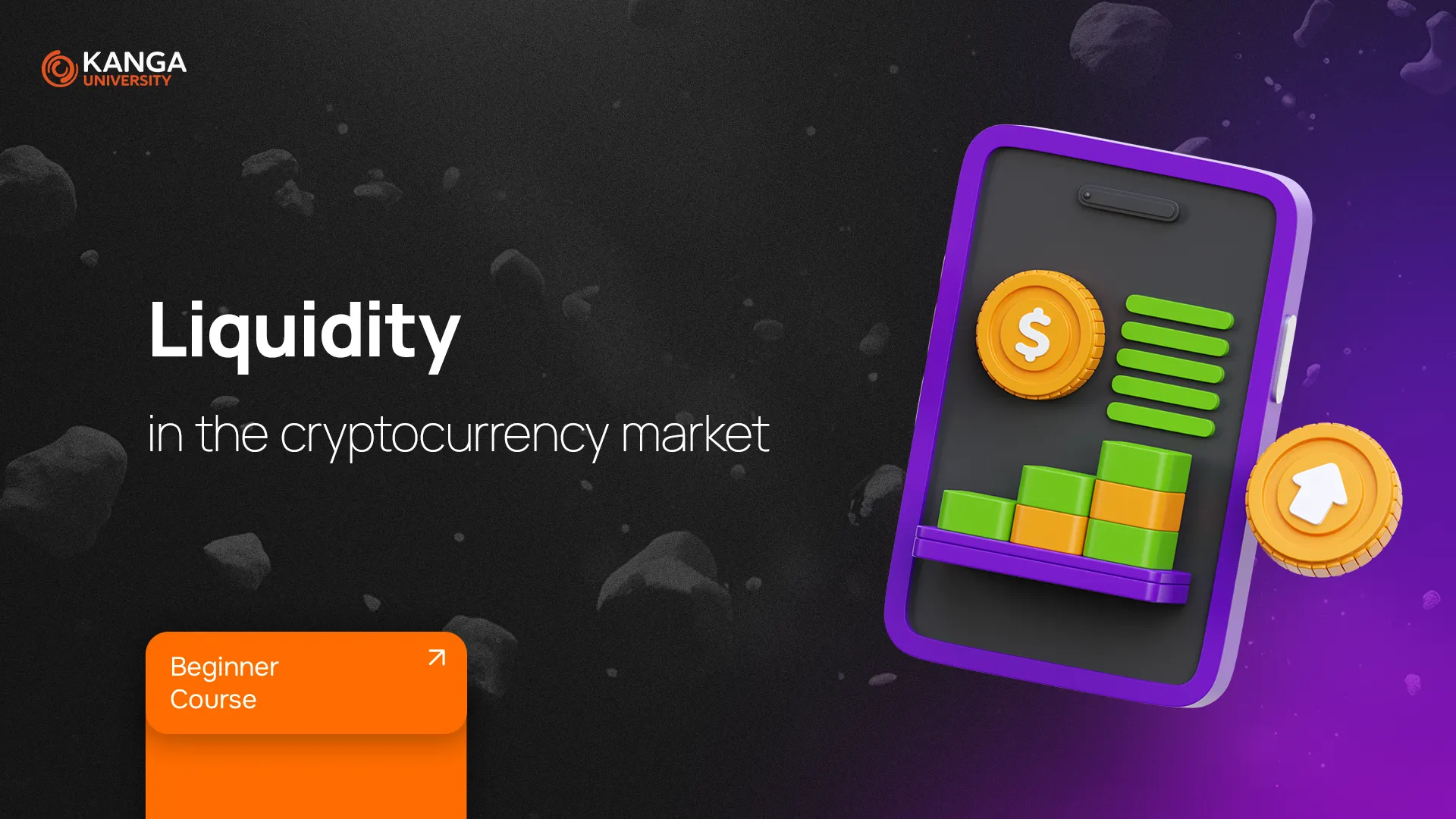
Have you ever wondered why the term “liquidity” is so often mentioned in the context of cryptocurrencies? In today’s lesson, we’ll explore what liquidity is, how it influences asset prices, and why it’s crucial for traders. We’ll break down the concept in a clear, engaging way so that even if you’re new to cryptocurrencies, you can easily understand its importance.
What Is Liquidity?
Liquidity refers to how easily assets can be bought or sold at a stable price on a given market. In a liquid market:
- You can trade at any time: Investors can buy or sell assets in any quantity without significantly affecting the price.
- Price stability is maintained: When the price of an asset doesn’t change dramatically during a transaction, it indicates high liquidity.
In short, the smoother the transactions, the higher the liquidity, and this stability plays a key role in market behavior.
Liquidity in the Cryptocurrency Market
When it comes to cryptocurrencies, liquidity is especially important:
- Efficient Trading: To get the best price when buying or selling digital assets, you need a market where trades can be executed quickly and smoothly.
- Order Books: Cryptocurrency exchanges maintain order books listing buy and sell orders. When you place a market order, it’s filled by matching with the best available orders.
- Spread: The difference between the lowest sell order and the highest buy order is called the spread. A narrow spread indicates a highly liquid market. For example, if you’re trading BTC/USDT, a small spread means you’re dealing with an active market where prices remain stable.
However, not every market has high liquidity. In less liquid markets, you might encounter large spreads, which can make trading less favorable. That’s why checking the 24-hour trading volume and the spread on an exchange is essential before investing.
Why Is Liquidity So Important?
High liquidity offers numerous benefits for both traders and the overall market:
- Price Stability: A higher trading volume generally means more stable prices, making it easier to plan your investments.
- Reduced Manipulation: With more participants and orders, it’s harder for any single entity to manipulate prices.
- Fast Transactions: A liquid market ensures trades are executed quickly, which is critical in the fast-paced world of cryptocurrencies.
- Better Technical Analysis: Reliable price data and narrow spreads provide more accurate charts and indicators for making informed decisions.
- Transparency: Stable and consistent pricing helps maintain the overall integrity of the market, benefiting all participants.
How to Assess Market Liquidity
Here are a few indicators to help you determine if an exchange offers good liquidity:
- 24-Hour Trading Volume: A higher volume means more active buying and selling.
- Spread: A narrow spread (typically below 0.15%) indicates high liquidity.
- Order Book Depth: Look for a substantial number of orders near the current market price. However, beware of “phantom liquidity” where a low spread is accompanied by very few orders.
Summary
Liquidity is the foundation of a stable and efficient cryptocurrency market. It allows you to trade digital assets easily without causing large price swings, which is vital for maximizing your profits and crafting a sound investment strategy. Understanding liquidity is key to making smart trading decisions and navigating the dynamic world of cryptocurrencies.